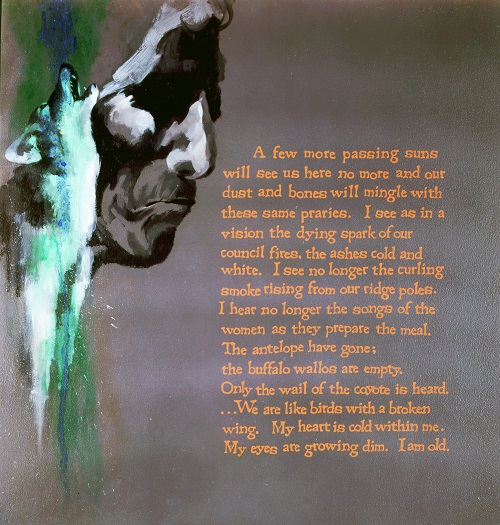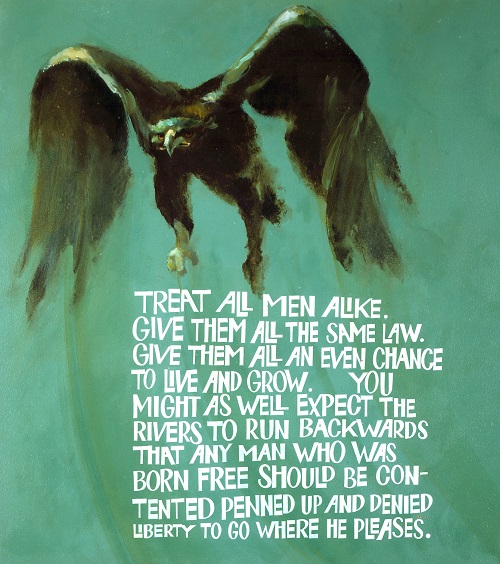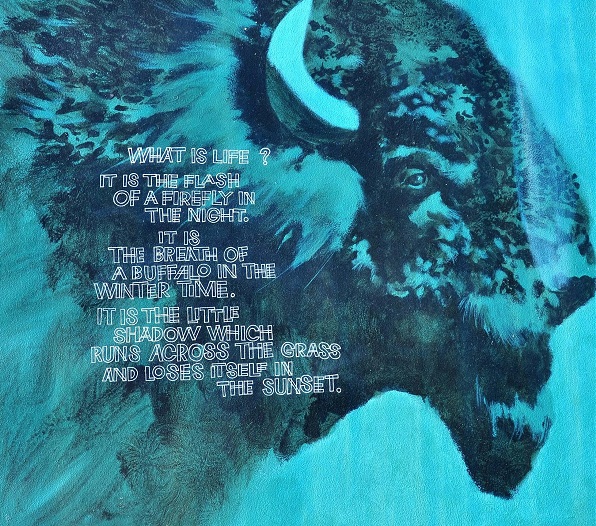Hascy Tarbox art
Born in St. Paul, Minneapolis in 1918, Hascy O. Tarbox attended the Todd School for Boys in Woodstock, Illinois in 1929. He married Joanne Hill, daughter of Todd headmaster Roger “Skipper” Hill in 1939, while he was a student at the Art Institute of Chicago. After several years of working as an artist and designer for several magazines, Hascy returned to Todd with Joanne so that they both could teach there. Both remained at Todd until the school closed in 1954. Shortly before he died, Hascy was asked to reflect on his past and the role art in his life.
His response: While attending the Art Institute of Chicago, I realized I couldn’t afford to be a painter, but needed to earn a living. I began working as an illustrator at Esquire magazine. During the War, I was seduced by Roger to return to Todd. While there, I abandoned professional artwork and helped run the school. When the school closed in 1954, I returned to the advertising, illustrating and art directing. Now, long-in-the-tooth and seared and yellowed with age, I’ve returned to painting. I have been doing a lot of wildlife illustration. I don’t have a thing to look back to and try to do better today than I did yesterday.
One of the wonderful things about being a painter is that you are all by yourself. You don’t need crews, writers, and script people. You are wallowing in your own ignorance. There is some sort of goal you work toward, and if you’re lucky you might just get there. Of course, you never will. But that isn’t the point. It is the chase, the hunt that is the spur, the impetus. I have piled up a lot of paintings, some of them relatively good, most of them very ho-hum. There are a couple of galleries in Tucson who are handling my paintings, but I am still reluctant – I think it has something to do with giving up a part of oneself if I sell my work.
 Chief Plenty Coups of the Mountain Crow Tribe
Chief Plenty Coups of the Mountain Crow Tribe Chief Joseph of the Nez Perce speaking in Washington, D.C. in 1879
Chief Joseph of the Nez Perce speaking in Washington, D.C. in 1879 Young Chief of the Cayuse Nation at the 1855 Walla Walla Treaty Council, expressing the importance of the Earth to the Cayuse, Umatilla and Walla Walla peoples
Young Chief of the Cayuse Nation at the 1855 Walla Walla Treaty Council, expressing the importance of the Earth to the Cayuse, Umatilla and Walla Walla peoples Chief Crowfoot of the Canadian Blackfoot Tribe
Chief Crowfoot of the Canadian Blackfoot Tribe
